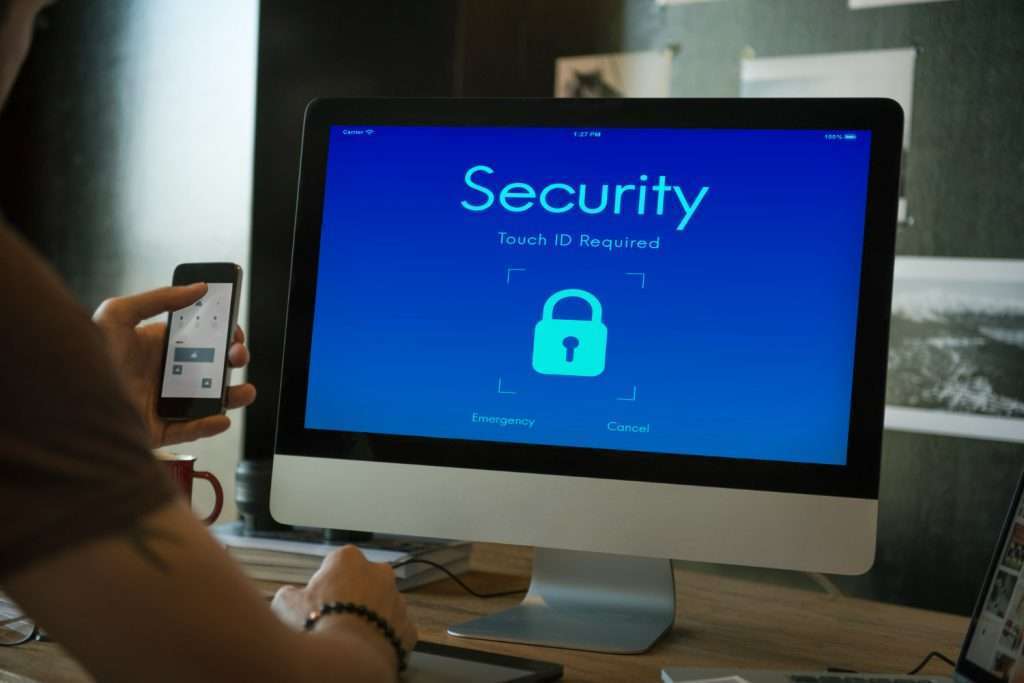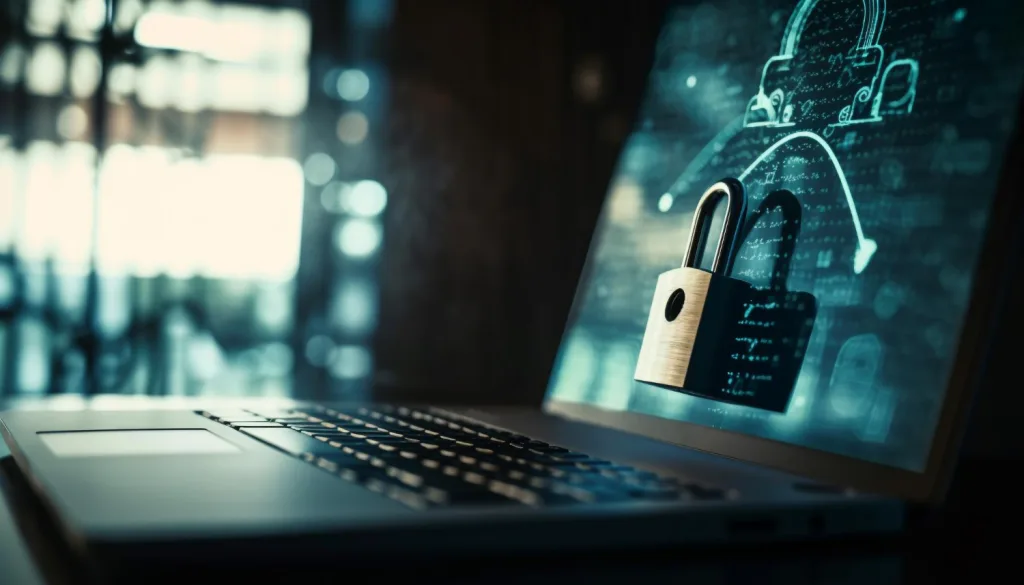Evaluating the security of a remote work setup involves examining several layers of safeguards—from device security, access controls, and data encryption to the training of staff in security protocols.
It’s critical to regularly assess each component to maintain a work environment that deters cyber threats and protects sensitive information while operating remotely.
A remote work setup that lacks robust security measures can pose serious risks to a company’s data integrity and resilience against cyberattacks.
What are the key technical assessments to ensure device security in remote work?

The first step in evaluating device security is to conduct hardware and software audits. Companies should inventory all devices used for remote work to ensure they have up-to-date antivirus software, firewalls, and operating systems with the latest patches.
Furthermore, companies must check administratively enforced policies, such as disk encryption and secure boot processes, to safeguard against unauthorized access to the device.
It’s also important to discern the security posture of employees’ home networks. Conducting network assessments can determine whether secure Wi-Fi protocols are in place and if routers have the latest firmware updates.
It’s crucial to apply comparable security scrutiny to family or personal devices connected to the same network, as they might potentially serve as attack vectors.
How should access controls be managed and reviewed in a remote work environment?
Access controls are a fundamental part of any secure remote work setup. Strong authentication mechanisms like multi-factor authentication (MFA) should be in place to ensure that only authorized personnel can access sensitive systems and data.
Regular reviews of access rights can identify any unnecessary permissions that may have been granted mistakenly or as a result of role changes.
In addition to MFA, securing remote sessions is essential. This includes the use of virtual private networks (VPNs) to encrypt connections and maintaining session timeout policies to minimize the window for unauthorized access.
Regular audits of logs for anomalous activities can also help detect potential breaches or misuse of credentials.
What training and procedural elements does one need to strengthen the security of remote work?

While technology plays a critical role in cybersecurity, the human element cannot be ignored.
Ongoing training for staff on best practices for remote work is imperative. This includes recognizing phishing attempts, handling sensitive data correctly, and the procedures to follow in case of a suspected security incident. An informed team is the front line of defense in maintaining a secure telecommuting environment.
Developing a clear remote work policy is equally important. The policy should outline expected behaviors, approved technologies for communication, and file sharing, as well as responses to potential security events.
Regular drills and simulated phishing tests can help reinforce security protocols and ensure employees remain vigilant.
How do continuous monitoring and incident response planning strengthen remote work security?
Continuous monitoring of remote work systems allows for the immediate detection of unusual actions that could precede security incidents.
This encompasses the monitoring of end-point behaviors, regular vulnerability scans, and the tracking of data flow to identify unexpected data exfiltration attempts.
Having intrusion detection systems and security information and event management (SIEM) systems are effective ways to keep tabs on the cybersecurity health of a remote infrastructure.
Incident response planning is the blueprint for action should a security breach occur. Having a plan that details steps for containment, eradication, and recovery can greatly reduce the impact of a cyber threat.
Regular updates and rehearsals of the incident response plan help ensure that the plan remains relevant and that all parties know their roles during a crisis.
Conclusion
To summarize, a thorough and systematic approach is necessary when evaluating a remote work setup’s security.
Start with ensuring device and network integrity, then solidify access controls and enforce strong authentication practices. Keep the human factor in check with comprehensive training and clear protocols.
Finally, implement vigilant monitoring and have a concrete incident response strategy in place 🚨. For more in-depth guidance on securing remote work environments, please refer to the insights provided in the article ‘Remote Work Security‘.
- Burnout in Remote Teams: How It’s Draining Your Profits - January 27, 2025
- Signs You’re Understaffed - January 20, 2025
- The Cost of Silence: Communicating Negative Feedback - January 13, 2025
